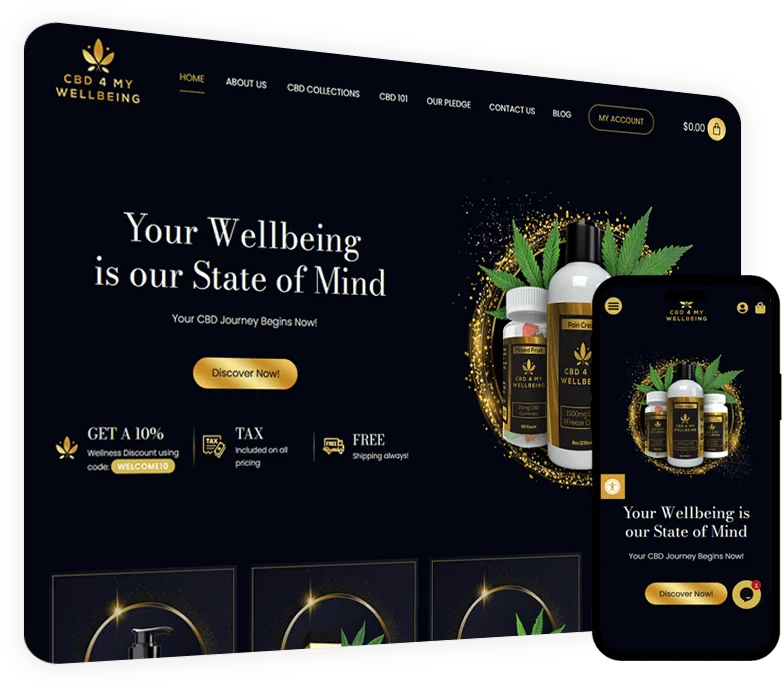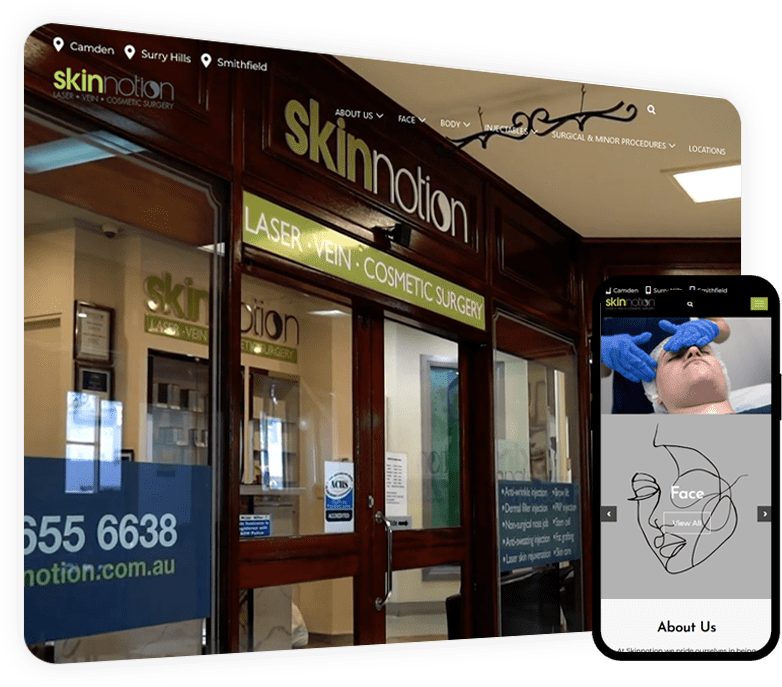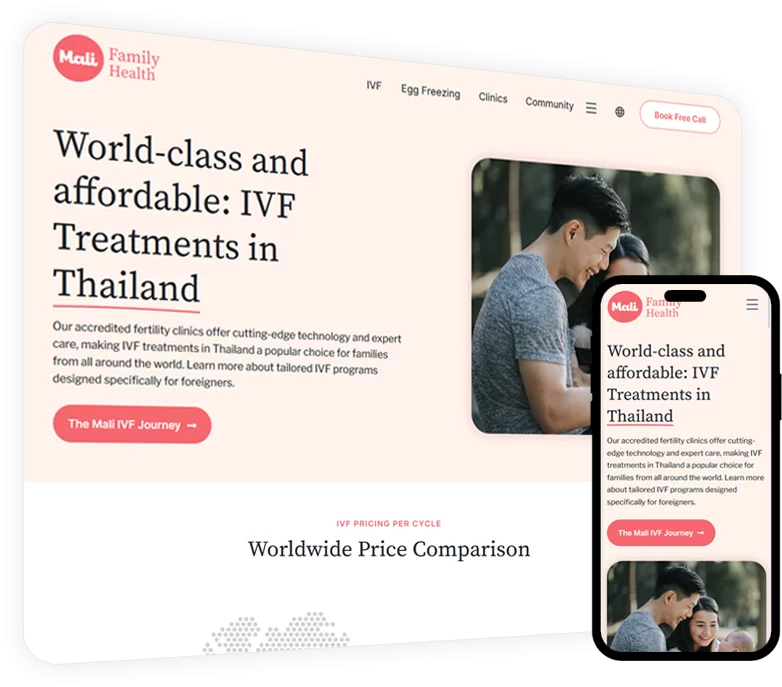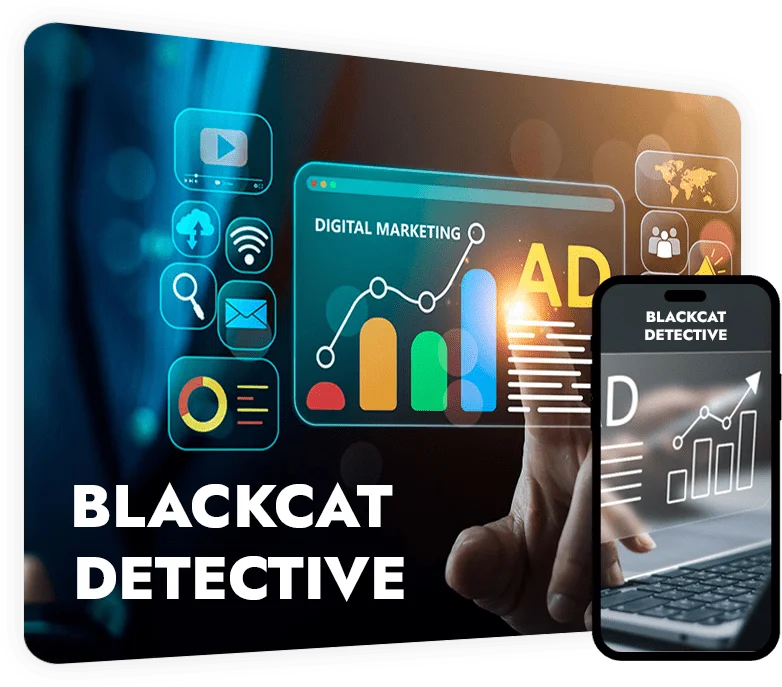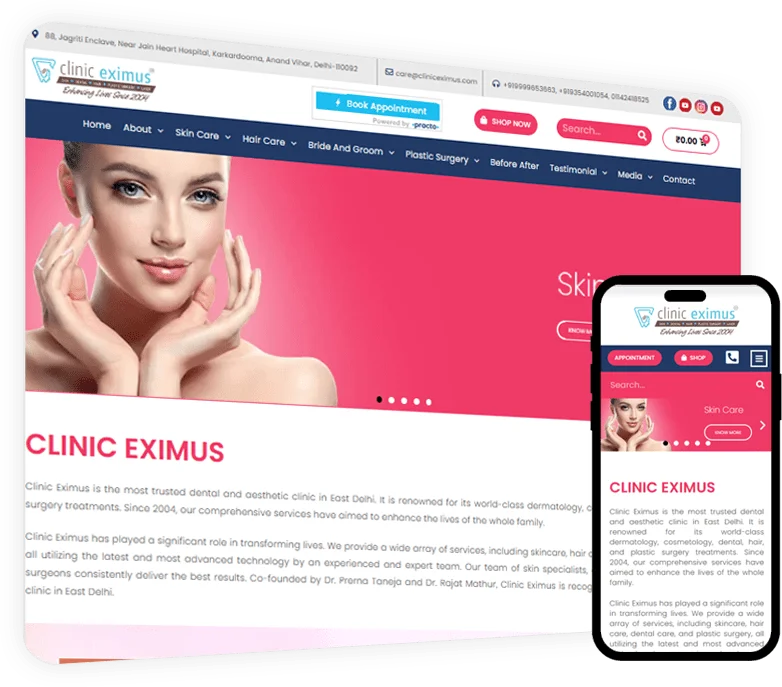1. What is a social media strategy?
In today’s time, having a strong and defined social media marketing strategy is crucial for businesses who are craving to engage with their audiences. Since then, the digital landscape is experiencing a significant transformation with platforms like TikTok, Instagram Reels, and YouTube Shorts leading for the short video content.
Hence, understanding these trends and also audience behaviour is found to be essential for developing impactful digital marketing strategy
2. Why is a social media strategy important?
A social media strategy can help you to define your overall marketing plan. It majorly involves selecting the appropriate platforms, creating/scheduling content, engaging with the audience and also analysing the outcomes to refine the approach.
Posting a content means you are sharing content and without any strategy or plan. Whereas, strategic planning involves the planning and executive business objectives.
Therefore, in today’s digital landscape having a strong strategy is more effective. This ensures consistent messaging, aligns with business goals, and allows for performance tracking and optimization.
3. What should be your goals in social media marketing?

Establishing a clear goal is important for successful social media marketing. However, talking about its key objectives or social media marketing strategy example are as follows-
3.1 Brand awareness
This manner, brand visibility is enhanced and in turn shape up your brand. This makes people get more familiar with your products/services.
3.2 Engagement
Encouraging interactions such as likes, comments, and shares fosters a deeper connection with your audience, building a community around your brand.
3.3 Lead Generation
Utilizing social media to capture interest from potential customers by directing them to sign-up forms or landing pages can expand your customer base.
3.4 Conversions/Sales
Driving traffic from social media to your website or online store aims to convert engaged users into paying customers, directly impacting revenue.
3.5 Brand Loyalty
Consistently delivering valuable content and engaging with your audience helps cultivate trust and long-term relationships, encouraging repeat business and advocacy.
Aligning these goals with your overall business objectives enables you to craft a focused and effective social media strategy. A social media content strategy defines which types of content your brand is sharing across different social channels. It ensures consistency, aligns content with business goals, and helps build brand awareness and community over time.
4. What’s new in social media marketing in 2025?
Social media posting involves regularly sharing content—such as images, videos, stories, or text—on platforms like Instagram, Facebook, and Twitter to engage your audience. Consistent, well-timed posts help increase visibility, build brand loyalty, and drive traffic or conversions.
4.1 Rise of Short-Form Video & Vertical Content
Platforms like TikTok, Instagram Reels, and YouTube Shorts are the popular content ideas that are shared across different channels. This format caters to decreasing attention spans and enhances user engagement.
4.2 AI-Assisted Content Creation
Artificial intelligence tools are revolutionizing content creation by automating tasks such as copywriting, image generation, and video editing. This enables marketers to produce personalized and high-quality content more efficiently.
4.3 Personal Branding & Micro-Influencers
Brands are increasingly collaborating with micro-influencers—individuals with smaller but highly engaged followings—to deliver authentic and relatable content. This strategy resonates particularly well with Generation Z consumers.
4.4 Private Communities & Closed Groups
There’s a growing trend towards fostering private communities on platforms like Reddit and Discord. These spaces offer brands opportunities to engage deeply with niche audiences and cultivate loyal customer bases.
4.5 Social Commerce Integration
Social media platforms are enhancing their e-commerce capabilities, allowing users to purchase products directly within the apps. This seamless integration streamlines the shopping experience and boosts conversion rates.
5. How to define your target audience on social media?
Analysis of demographics, interest and behaviours and this means by examining the core characteristics of your potential audience. This includes- age, income, education, hobbies, preferences, purchase pattern, brand interactions and more.
5.1 Developing customer persona
Look for the detailed profile of your customer and this covers the background- role, industry and also daily activities. Besides this the goals and challenges like what they aim to achieve and the major difficulties.
Lastly, which social media platforms they prefer more.
5.2 Utilizing analytical tools
Gain insights into your audience with facebook audience insights and also google analytics can help to track each visitor’s pattern.
5.3 Conducting competitive analysis
Must analyse the competitor to identify potential market segments. Therefore, analyse which type of content is generated the most. Must not depend on how the audience reacts to the post. At last also follow the characteristics of their social media followers.
6. Which social media platform is best for your business?
Choosing the right social media platform is crucial for effectively reaching your target audience and achieving business goals. Here’s a concise overview:
1. Instagram (IG): A visual-centric platform ideal for brands focusing on lifestyle, fashion, and visual storytelling. Features like Stories and Reels enhance engagement. Instagram has seen a 25.3% year-over-year audience growth, making it one of the fastest-growing platforms for businesses.
2. Facebook (FB): With a vast user base, Facebook suits community building and targeted advertising across diverse demographics. Facebook remains a dominant platform for businesses, with over 3.1 billion monthly active users globally.
3. X (formerly Twitter): Best for real-time updates, customer service, and engaging in industry conversations through concise content. X experienced an 11.3% growth in audience, indicating steady usage among businesses.
4. LinkedIn: The go-to platform for B2B marketing, professional networking, and sharing industry insights. LinkedIn’s audience grew by 13.9%, highlighting its importance for B2B marketing.
5. TikTok: Popular among younger audiences, TikTok focuses on short, creative videos, making it effective for viral marketing campaigns. TikTok ranks fifth among social platforms, with an active user base equating to 48.3% of YouTube’s.
6. Pinterest: Ideal for brands in fashion, home decor, and DIY sectors, emphasizing inspiration and discovery through images. Pinterest saw a 23.2% year-over-year growth, indicating increasing adoption by businesses
7. YouTube: The leading platform for long-form video content, tutorials, and in-depth product demonstrations. A social media marketing business helps brands grow their online presence by managing and optimizing content across platforms like Instagram, Facebook, TikTok, and LinkedIn. YouTube boasts 2.5 billion monthly active users, making it a vital platform for video marketing.
These businesses create strategies, run ad campaigns, engage with audiences, analyze performance, and often handle influencer collaborations to drive brand awareness, leads, and sales. It’s a high-demand service for businesses looking to connect with digital-savvy audiences.
Matching Goals and Industries with Platforms:
- Brand Awareness: Visual platforms like Instagram and TikTok are effective for increasing visibility, especially for consumer-centric brands. In this manner, developing an effective digital marketing strategy is a necessity.
- Lead Generation: LinkedIn is valuable for B2B companies seeking professional leads, while Facebook’s targeted ads can capture consumer interest.
- Customer Engagement: X and Facebook facilitate direct interaction and feedback from customers.
- E-commerce Sales: Instagram and Pinterest offer features like shoppable posts, directly linking users to purchase pages.
Multi-Platform vs. Single-Platform Strategy:
- Multi-Platform Approach: Engaging on multiple platforms can broaden your reach but requires more resources to manage effectively.
- Single-Platform Focus: Concentrating on one platform allows for deeper engagement and content optimization but may limit audience reach.
Considerations:
- Audience Demographics: Align platform choice with where your target audience spends their time.
- Content-Type: Choose platforms that best showcase your content, whether it’s visual, textual, or video.
- Resources: Ensure you can consistently create and manage content for the chosen platform(s).
By evaluating these factors, you can select the social media platform(s) that best align with your business goals and audience preferences.
7. What kind of content works best on social media?
Standing out on social media means everything and requires more than posting. Therefore, to truly capture your audience’s attention you need to own the right mixture of content (you are sharing).
A strong social media strategy balances the right type of content, such as educational content, entertainment, user-generated content, inspiring content, testimonials, and reviews.
Your audience scrolls at first and hence visual content needs to grab attention with top-performing videos. These can be either short-form videos, carousels, infographics, or behind-the-scenes.
Moreover, your brand voice shines through every post—whether you are sharing fun or casual content. These themes can ensure your content remains consistent and relevant.
8. How to create a social media content calendar?
A well-structured social media content is essential for maintaining consistency, staying organized and also to align your content with your brand goals. So, whether you are managing one platform or several, it is advisable to have a clear plan that can help you to save your time and ensure your content has purpose.
You must start preparing the monthly calendar which should describe your posting that should be done on a daily/weekly basis.
Must plan around launches, events and also trends and here use your calendar to map out product launches, company events, holidays and follow trending hashtags.
9. Should you use organic or paid social media?
Both organic and paid social media strategies offer unique advantages, and the optimal approach often involves a combination of the two. Organic social media focuses on building authentic relationships and long-term brand loyalty without direct financial investment.
It includes activities like posting valuable content, engaging with followers, and participating in conversations. However, organic reach can be limited due to platform algorithms.
On the other hand, paid social media allows for targeted advertising to specific demographics, providing quick visibility and measurable results. It’s particularly effective for promoting time-sensitive offers, launching new products, or reaching new audiences.
While boosting posts is a straightforward way to increase visibility, full campaigns offer advanced targeting and analytics. Budgeting for paid ads should consider factors like industry benchmarks and campaign goals, starting modestly and adjusting based on performance.
Ultimately, integrating both organic and paid strategies can maximize reach and engagement, aligning with your overall marketing objectives.
10. What KPIs should you track in social media marketing?
Tracking the right Key Performance Indicators (KPIs) is essential for evaluating the effectiveness of your social media marketing efforts.
10.1 Engagement Metrics
Engagement Rate measures means how fast your target audience reacts to your content. A high engagement rate indicates that your content resonates with your audience and fosters community interaction.
10.2 Reach and Impressions
- Reach: This defines the total number of unique visitors seen by your content.
- Impressions: The total number of times your content is displayed, regardless of clicks.
Monitoring these metrics helps assess brand visibility and the effectiveness of your content distribution.
10.3 Clicks, Conversions, and ROAS
- Clicks: The number of times users click on your content, links, or call-to-action buttons.
- Conversions: Actions taken by users that align with your goals, such as purchases, sign-ups, or downloads.
- Return on Ad Spend (ROAS): It defines the revenue generated on every dollar spent on your advertising.
These metrics are crucial for understanding the direct impact of your social media efforts on business objectives.
Follower Growth vs. Vanity Metrics
While tracking follower count can indicate brand popularity, it’s important to focus on meaningful engagement rather than vanity metrics. A smaller, engaged audience often yields better results than a large, passive following.
11. What tools help with social media strategy?
A defined social media strategy is entirely dependent upon the right tool you are using to enhance your branding.
For scheduling posts, platforms like Buffer, Later, and Hootsuite allow you to plan and automate content across various channels. To gain insights into your performance, analytics tools such as Sprout Social and Meta Business Suite provide detailed metrics on engagement and reach.
For monitoring brand mentions and audience sentiment, social listening tools like Brand24 and Sprinklr are invaluable.
12. How to improve your social media strategy over time?
Improving your social media strategy is an ongoing process that involves testing, analyzing, and adapting to your audience’s preferences. Implementing A/B testing comparing two versions of content to see which performs better can help refine elements like captions, visuals, and posting times .
Must regularly keep an update of your analytics to ensure what needs to be corrected. Additionally, soliciting user feedback and experimenting with new content formats can uncover opportunities for increased engagement.
13. What are common social media marketing mistakes?
Avoiding mistakes in social media marketing is proven to be essential for building a strong and engaging presence online.
Irregular posting can confuse you and this can help your audience to know about your content and connect with ease.
Posting without purpose won’t help you in achieving your goals. Hence, ensure each posting aligns with your brand goals and connect with your target audience.
Do not ignore audience engagement but do respond to all of the customer’s query and must remain active and foster community trust.
Focusing solely on increasing followers than meaningful interaction can be negative. It is advisable to focus on your engagement part rather than your followers.
14. Pro Tips to Supercharge Your Social Media Strategy
Integrate current trends into your content while maintaining your brand’s unique voice. Authenticity ensures that your participation feels genuine and resonates with your audience.
Partnering with micro-influencers those with smaller, highly engaged followings can lead to more meaningful interactions and higher engagement rates. Their niche audiences often trust their recommendations, making them valuable allies in your marketing efforts.
Final Thoughts
A well developed social media posting strategy defines what, when, and where to post content to maximize engagement and reach. It ensures consistency, aligns with audience behavior, and supports overall marketing goals.
By aligning your social media efforts with your overarching business objectives, you can create meaningful connections with your audience, enhance brand visibility, and achieve measurable results.
By focusing on these elements, businesses can leverage social media platforms not just for promotion, but as powerful tools for building lasting relationships and driving sustained growth.
FAQ
What is the best social media strategy for small businesses?
The best social media strategy begins with setting a goal, identifying your target audience and also choosing a platform where you can be most active. Must create a content calendar to maintain consistency and focus on engaging and authentic content.
How do I start from scratch with no followers?
When you are starting fresh then you need to keep patience and begin with optimizing your profile with clear branding. Must post valuable content on a regular basis and engage with your audience via comments and messages.
How long does it take to see results?
The time varies depending on certain factors like industry, content type and also consistency. However, within 3-6 months, the desired growth can be witnessed.
Is social media still worth it in 2025?
No doubt, social media remains one of the powerful tools for reaching and engaging with your audience. As social media continues to evolve innovative features and advertising options.



